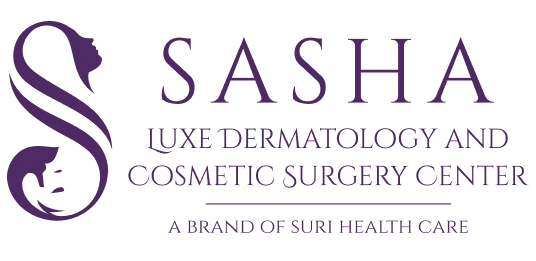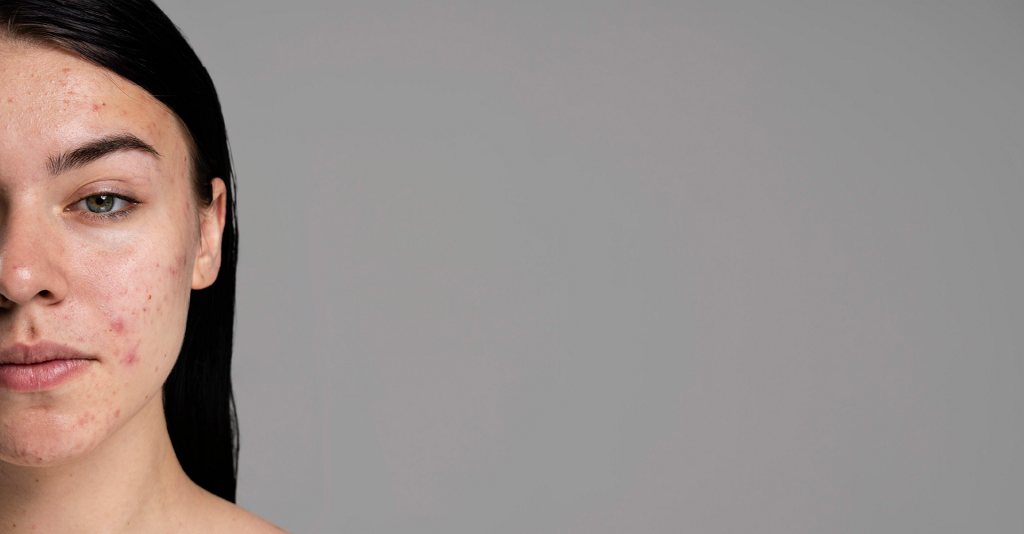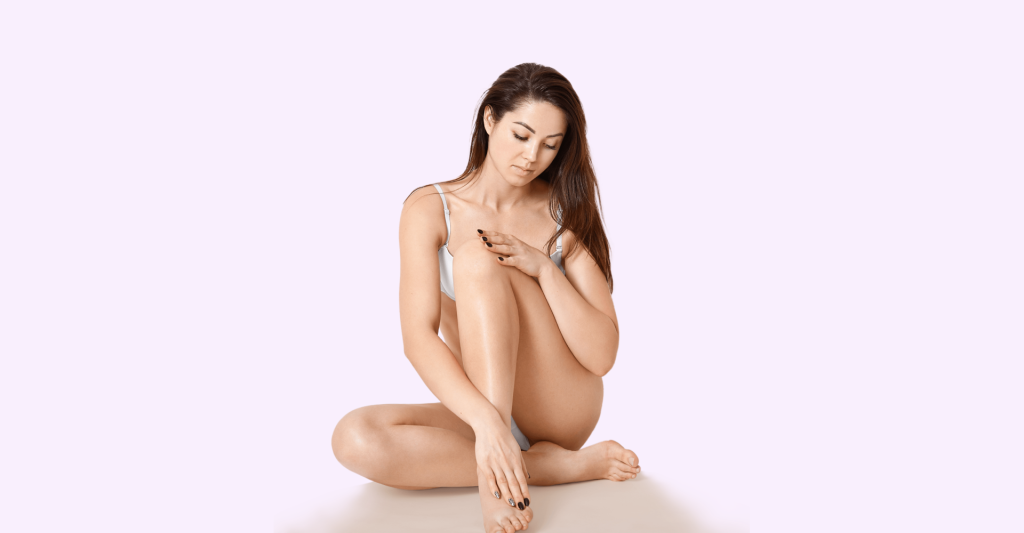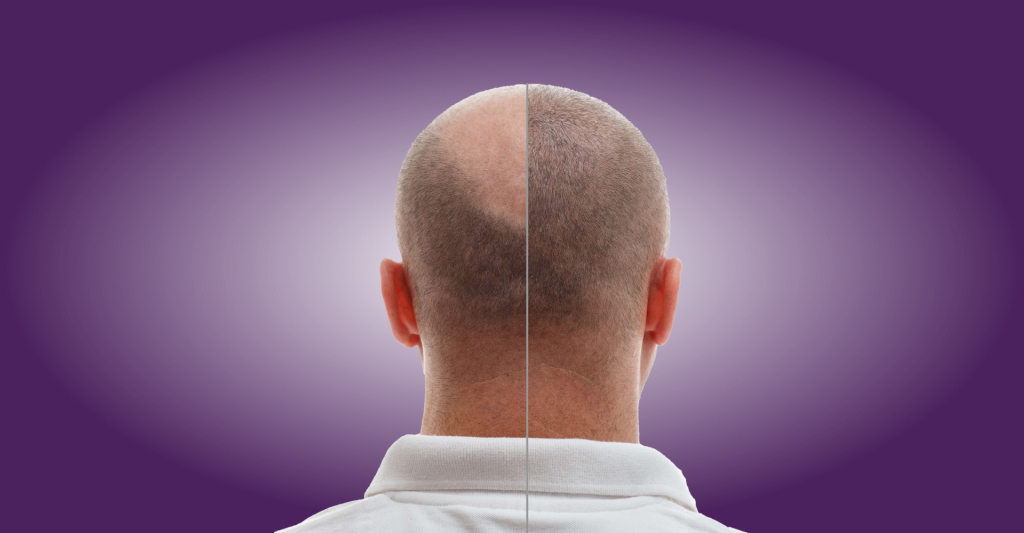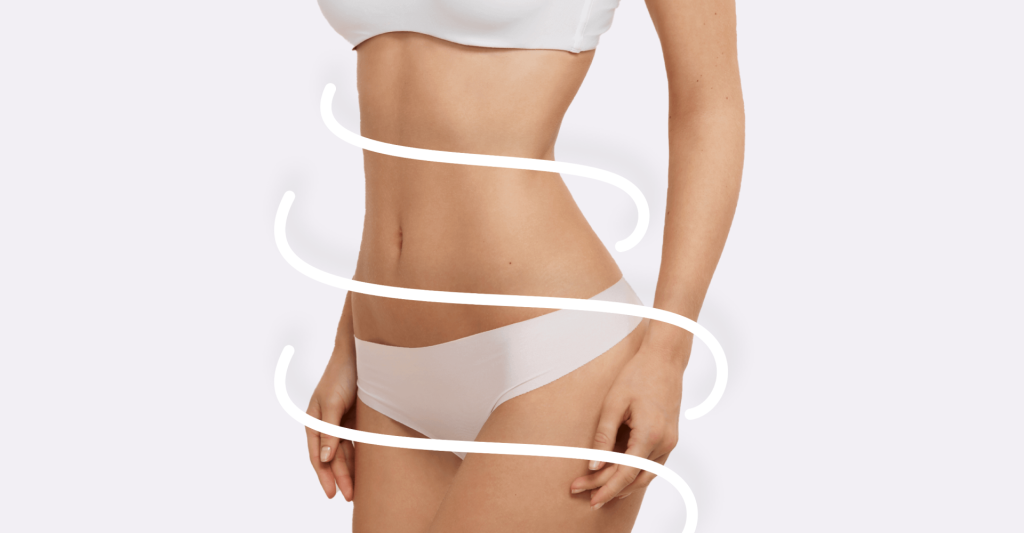What is comedonal acne?
Comedones are tiny papules of flesh-colored acne. They commonly appear on the brow and chin. When you have acne, you will see these papules. The most frequent type of comedonal acne is blackheads and whiteheads. Whiteheads have “closed” comedones, whereas blackheads have “open” comedones. Some comedones (microcomedones) are imperceptible to the naked eye. On the other hand, larger-than-normal blackheads (giant comedones) and whiteheads (macro-comedones) are conceivable.
Comedonal acne is a type characterized by comedones, which are non-inflammatory and typically appear as whiteheads or blackheads. Clearing comedonal acne involves a consistent skincare routine and, in some cases, professional help. Comedones are a common type of acne lesion that can appear on the face and other body parts. Face comedones occur when hair follicles become clogged with oil, dead skin cells, and sometimes bacteria. Here are some steps you can take to get rid of comedones.
What is the root cause of comedones?
All comedones start as a clog of sebum, oily skin, and dead skin cells that get stuck in the follicle. This clog prevents the follicle from opening. The sebaceous glands proceed to pump oil into the pore, which pushes up on the skin’s surface as it fills with oil. This is what causes the visible and audible bump. Comedones are normally not painful but rather irritating. Because all inflamed pimples begin as a comedo, you might think of them as pre-pimples.
Comedonal acne, particularly when it occurs during adolescence, can be a precursor to inflammatory acne vulgaris. However, comedones do not necessarily evolve into inflamed pimples and can remain as a non-inflamed blocked pore beneath the skin’s surface. Comedonal acne usually runs in families. You’re more likely to get it if your parents or siblings did. People with greasy skin are also more prone to comedonal acne.
Comedonal Acne Treatment:
Follow these tips:
- Gentle Cleansing: Use a mild, non-comedogenic cleanser to clean your face twice daily. Avoid harsh scrubs or exfoliants, which can irritate the skin and worsen acne.
- Exfoliation: Incorporate a gentle exfoliating product containing salicylic or glycolic acid a few times a week. Exfoliation helps remove dead skin cells and prevent clogged pores.
Topical Treatments:
- Retinoids: These vitamin A derivatives help unclog pores and promote cell turnover. Start with a lower strength and gradually enhance as your skin tolerates it.
- Benzoyl Peroxide: It can help kill acne-causing bacteria and reduce inflammation. Use a lower concentration to prevent excessive dryness.
- Salicylic Acid: A beta hydroxy acid that peels and helps unclog pores. It’s often found in cleansers, toners, and spot treatments.
- Moisturization: Even if you have oily skin, using a lightweight, non-comedogenic moisturizer is essential to maintain skin barrier health and prevent excessive dryness caused by acne treatments.
- Sun Protection: Use a good broad-spectrum sunscreen with at least SPF 30 daily, as some acne treatments can make your skin sensitive to the sun.
- Hands Off: Avoid touching your face with your hands, as this can transfer bacteria and worsen acne. Also, resist the urge to pick or squeeze comedones, as this can lead to scarring and more inflammation.
- Non-comedogenic Makeup: If you wear makeup, choose products labeled as non-comedogenic or oil-free to prevent further clogging of pores.
- Diet and Hydration: Maintain a balanced diet of fruits, vegetables, and whole grains. Staying hydrated is also essential for skin health.
- Professional Help: If over-the-counter treatments aren’t effective, consider seeing a dermatologist. They can prescribe stronger medications like higher-strength retinoids or topical antibiotics.
- Extraction by Professionals: Dermatologists can perform extractions to remove stubborn comedones safely and prevent scarring.
What is the permanent solution for comedones?
You can do some things to decrease or avoid future comedo breakouts.
- Cleanse your face: Use a mild cleanser twice daily. After sweating, make sure to cleanse your face. Avoid irritating your skin. Abrasive or drying products should be avoided. Wash your face with lukewarm water rather than boiling water. Don’t exfoliate your skin too vigorously. Instead of a sponge or cloth, wash your face with your fingers.
- Shampoo on a regular basis: Keeping your hair and scalp clean can help prevent outbreaks along the hairline and on the scalp.
- Avoid picking at your skin: Picking or popping pimples can aggravate them and cause scarring. When you touch them, bacteria from your fingers can spread and cause diseases.
- Monitor your nutrition: Avoid dairy products and simple carbohydrates such as white bread, white pizza crust, white cereal, white rice, and other refined wheat products.
- Conclusion:
Remember that consistency is critical when treating comedonal acne. Results may not be immediate, and improvements might take several weeks. Everyone’s skin is different, so what works for one person may not work for another. If you need clarification about which products to use or your acne is severe, it’s always best to consult an experienced dermatologist for personalized advice and treatment recommendations.
If you would like more specific advice about how our experts can help you with this condition you may be having, please get in touch with us today. At Sasha Luxe, our experts provide the best acne treatment in Hyderabad.
